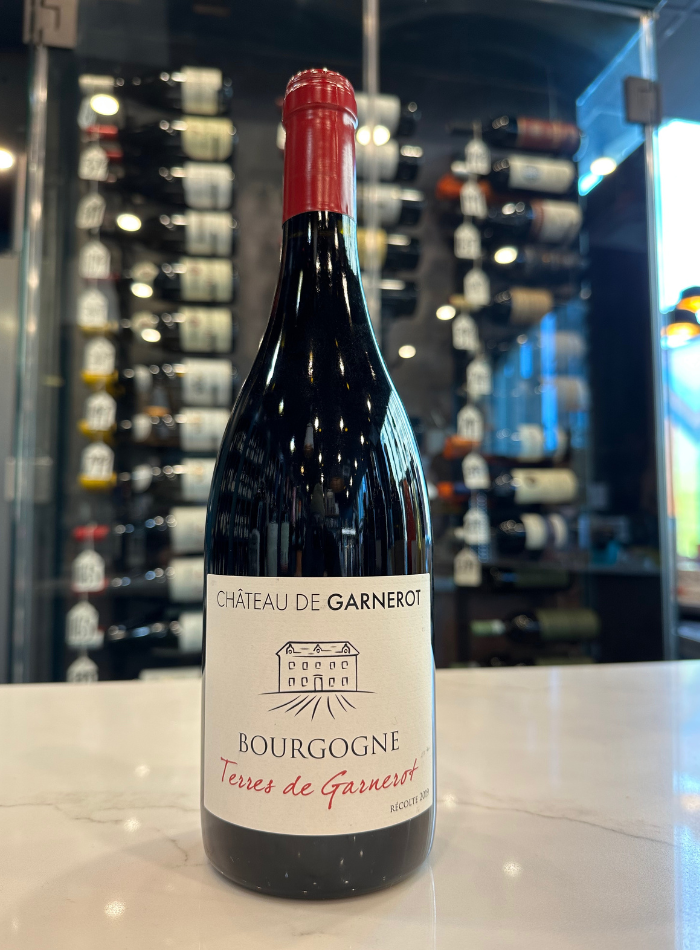Do you carry organic wine?
If we had a dollar…
The truth is that most of wines we carry come from winegrowers who maintain sustainable practices that preserve the integrity of their soils. That means, at minimum, they implement organic farming and many incorporate biodynamic methods in their vineyards. Take a peek at a few bottles you may not have tried yet from winemakers we love.
Cheers
Fatalone
Fatalone is a historic family winery that was the first to produce and bottle Gioia del Colle Primitivo as a single varietal wine in 1987.
And the Teres Rosato has been a long time favorite of ours. The lighter, chillable style is way too good in any season.
They have always practiced organic farming which is "considered as a life-style in the respect of Nature and every living creature starting with ourselves, and not only as a trendy business model.” Their production is 100% sustainable and their wines are made with zero CO2 emission, solely with their organic grapes.
Familia Geisse, Cave Amadeu Brut Rosé
The Geisse family, originally from Chile, moved to Pinto Bandeira, Brazil to unleash the potential of the mineral composition found in the southern region’s soil and perfect for crafting high quality, sparkling wine. The family grows only Chardonnay and Pinot Noir, with distinctive blends made for different lines. Time on lees ranges from a minimum of 12 months up to 14 years.
In addition, the Geisse Winery is committed to the health of the environment, its employees, and customers. Using zero pesticides, resulting in even higher quality wines - while keeping chemicals out their fine products. Geisse Winery further has generous labor policies and offers standalone family homes on the vineyard to its employees.
Château de Garnerot, Terres de Garnerot Rouge
Respect for Nature, the Environment and People is the pillar of this Renaissance.
Château Garnerot takes the utmost care of the soils to ensure their wines meet the highest of standards, completing their organic agriculture certification in 2022.
Their pesticide free and herbicide free vineyards are ruled by the lunar calendar which respects the natural growth of the vines.
In the winery, they do their best to work in a natural way. Their vinification process respects the handpicked grapes. Once picked the grapes are transported from to vineyard to the winery in openwork crates. Each plot produces a cuvée. Depending on the cuvée, our wines are aged in oak barrels for 10 to 18 months, of which 10 to 30% are new.
Leonardo Bussoletti, Colleozio Grechetto
This Grechetto is grown in Colle Ozio not far from Colle Pizzuto, and is also grown alongside some Cilieogolo. Grechetto is another under-appreciated varietal and Leonardo believes it is due to the bitter, almond finish many of the wines produced from Grechetto have.
The Colle Ozio is a blend of two Grechetto clones; Grechetto di Todi and Grechetto di Orvieto. The choice to create a 50/50 blend between the two is because the Grechetto di Todi is rich in aromas and fuller while the Grechetto di Orvieto helps to balance the wine with higher acidity.
Leonardo is a natural producer, and he has been since starting the winery. His wines undergo spontaneous fermentation and are in most cases unfiltered. What I enjoy is that they are clean and void of flaws. He avoids too much skin contact for his whites and there is a great sense of terroir because of that.
Lapostolle, Apalta
French in essence, Chilean by birth.
Lapostolle has been a pioneer in the Chilean wine industry and today continues to elevate the region through the production of premium wines and piscos, with a strong emphasis on sustainability and innovation.
Today, the winery is recognized around the world for its quality and its extraordinary ability to express the Chilean terroir.
The Apalta Vineyard is located in the Apalta Valley, 200 km southwest of Santiago, 68 km from the Pacific Ocean, between the Andes Mountains and the Coastal Range.
The vineyard was planted with Carmenère, Merlot, Cabernet Sauvignon, Petit Verdot and Syrah from 1920 to 2006. Some of the oldest plots, planted in 1920, have vines that were brought from France at the end of the 19th century.





